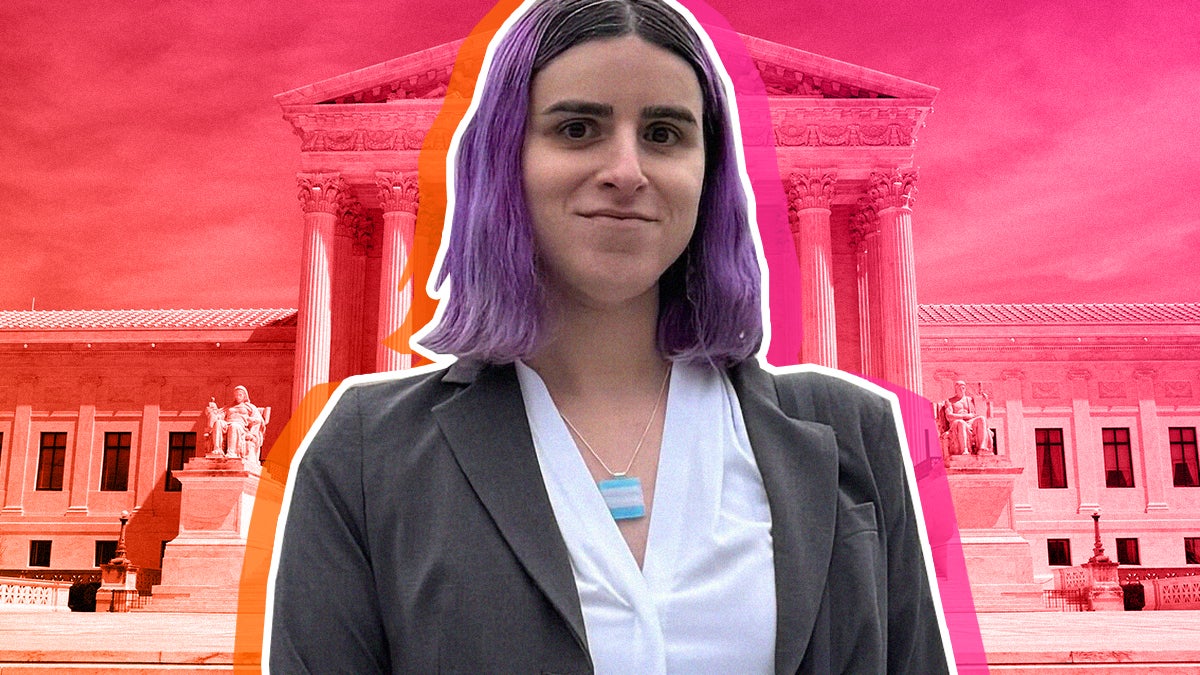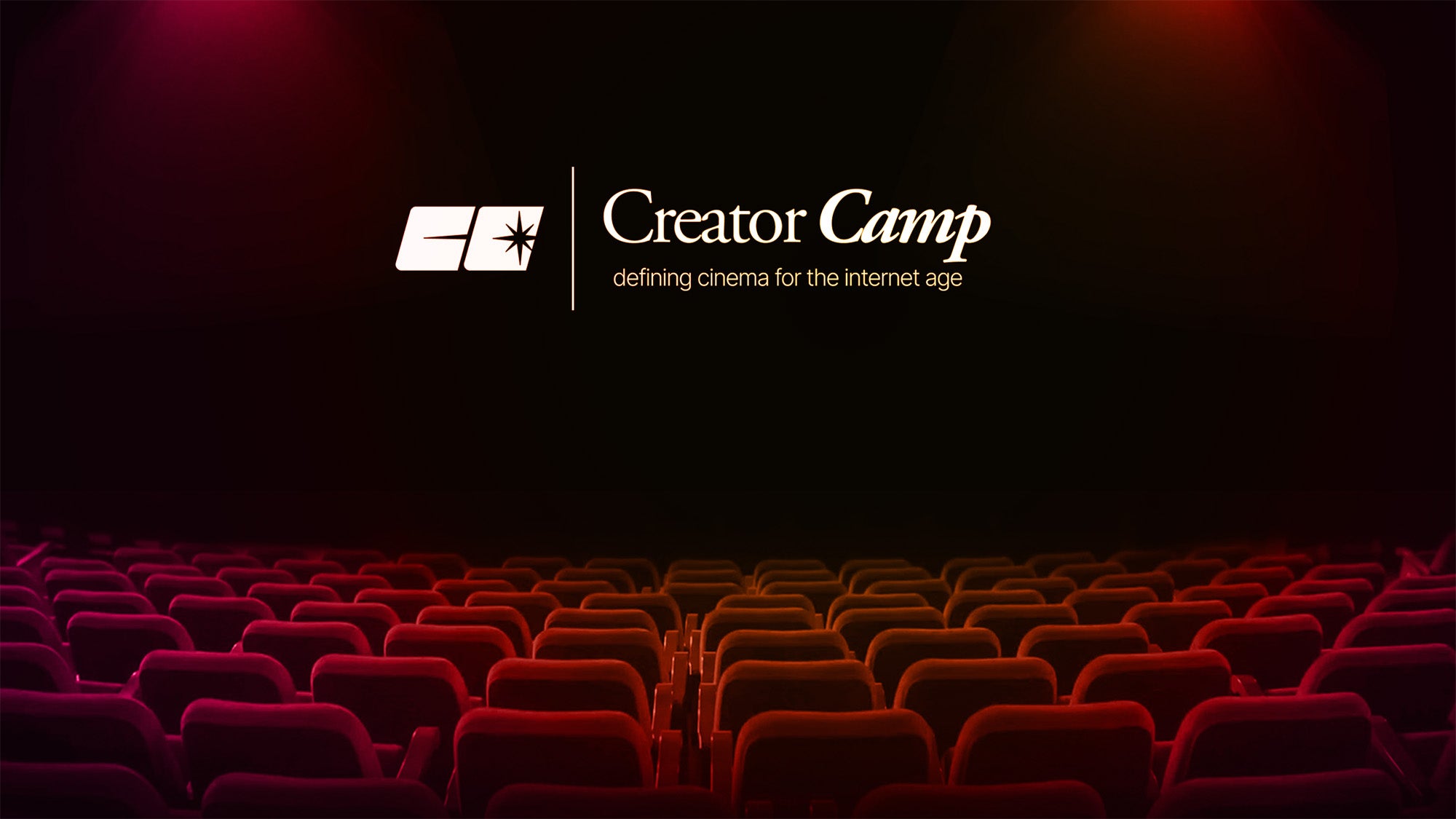
For years, the Supreme Court press corps has been dominated by mainstream media outlets. But with the rise of independent journalists and content creators, that monopoly is starting to crack. Erin Reed, a transgender journalist and creator, recently became one of the first trans content creators to secure press credentials for a Supreme Court trial.
This week, she covered a historic case concerning transgender healthcare, carving out a new space for independent journalism at the highest levels of legal reporting.
Reed’s journey to the Supreme Court began with advice from Chris Geidner, a trailblazing independent journalist behind the legal newsletter Law Dork. Reed said that Geidner, who has repeatedly broken major stories on Supreme Court rulings, helped her navigate the process of applying for press credentials by presenting her track record of breaking major news on transgender issues and highlighting her cross-platform audience.
Covering the case wasn’t just about observing oral arguments for Reed, it was about representing her community. She facilitated real-time engagement by sharing live updates (when she was able to — phones aren’t allowed in the courtroom itself) and organizing a space for her readers to discuss the proceedings. She also provided her followers with the link to listen to the Supreme Court oral arguments live. Her interactive approach allowed her to keep readers and viewers engaged all day.
Before heading into the courtroom, she set up a live chat for her readers, providing a space for shared discussion. After the arguments, she immediately posted her first impressions, offering a unique mix of raw, emotional insights and legal analysis.
She even documented the historic moment when Chase Strangio became the first out trans attorney to argue before the Supreme Court, capturing the scene outside as chants of his name filled the air.
“I think there’s a place for creators and independent journalists in those rooms because we’re often the ones making this information accessible,” Reed says. “A lot of people depend on my writing and videos to understand what’s happening in the world.”
One of the plaintiffs and her family approached Reed in the hallway after the oral arguments to express their gratitude for her work. “We hugged, and I cried,” Reed recalls. “There were a lot of journalists walking those halls, but they came to me because they knew I was giving them a voice.”
Reed’s work exemplifies how content creators can add value to independent journalism. Unlike traditional outlets, which often omit links to primary documents or fail to provide actionable resources, Reed ensures her readers have access to the same source materials she uses. Every court case, bill, or legal brief she writes about is directly linked in her coverage, empowering her audience to engage with the material themselves.
“There’s a credibility gap in mainstream media,” Reed argues. “Traditional outlets often frame stories through a centrist lens to appeal to advertisers, which can dilute the truth. I make my biases clear, I’m reporting for my community. That doesn’t mean I’m not beholden to the facts. It means I center the experiences of the people affected.”
This transparency resonates in an era where audiences increasingly distrust traditional media. Reed’s work on Substack, TikTok, and across social platforms, along with her willingness to update stories and correct errors, shows how she always remains accountable to and engaged with her audience. Meanwhile, she pointed out, major mainstream outlets have resisted accountability, refusing to correct errors in their coverage, especially on issues related to transgender care.
Reed’s success offers a blueprint for other creators looking to break into independent journalism. She talked about the importance of building trust within a community by providing coverage that is both informative and actionable. This involves not only breaking news but also breaking down complex topics in ways that resonate with audiences.
“It’s about adding value,” she explains. “Whether you’re linking primary documents, explaining nuanced legal arguments, or creating spaces for your audience to engage, you have to go beyond what’s already out there.”
In a media landscape often criticized for being detached from the people it serves, Reed’s work is a reminder that journalism can and should be a tool for empowerment. By bringing her community from TikTok and Substack into spaces like the Supreme Court, she’s building a new model for what reporting on future Supreme Court cases may look like.
Do you want more coverage of the creator ecosystem? Sign up for our newsletter.




